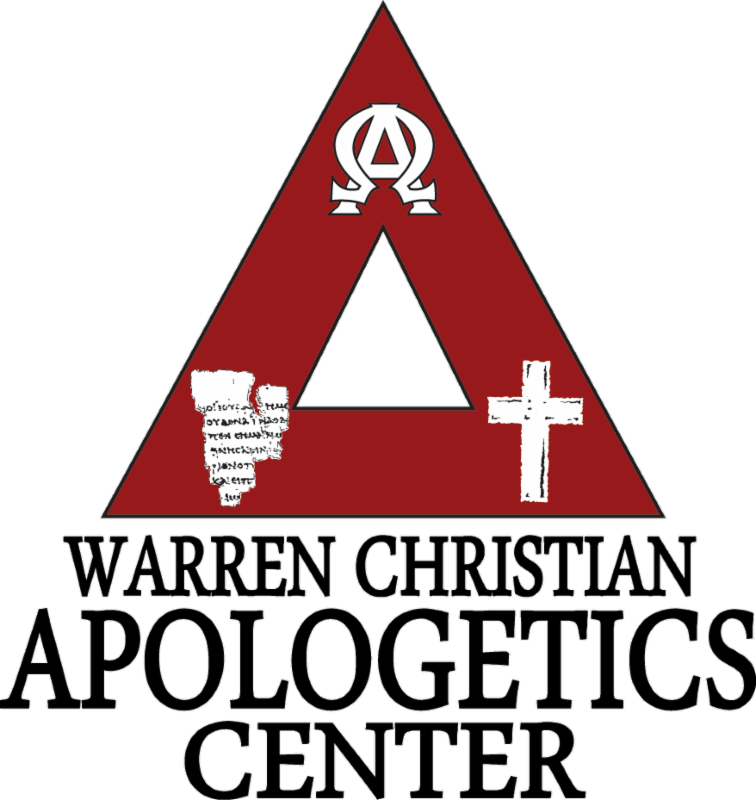“The Use of the Scriptures in Acts” is a worthy study in and of itself. Acts is part of the entire “oracles of God” (1 Peter 4:11). Our study will discuss the following: 1) What is the meaning of the term Scripture? 2) The Acts of the Apostles as Scripture. 3) The use (purpose) of the Acts of the Apostles as Scripture.
It is always important to define the terms of one’s study and follow the principle set forth by Marsh, “Define your terms and then keep to the terms defined” (1). By the term “use,” Webster defines as: “1a: the act or practice of using something . . . d: the method or manner of using something . . . 2a (1): habitual or customary practice . . . 7: a part of a sermon on which a doctrine is applied to life” (2523).
The phrase “the Scriptures in Acts” is used in the sense of Old Testament references, the apostolic letter written by “the apostles and elders and brethren” (Acts 15:23-29). It also refers to the oral teaching in Acts.
What is the Meaning of the Term Scripture?
Read More
